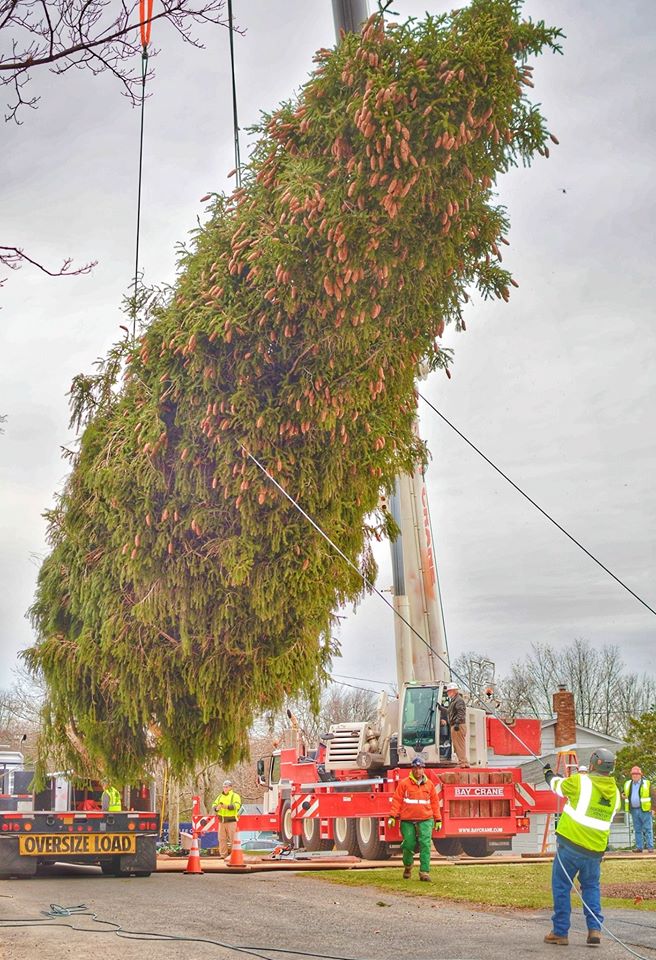By Timothy Hull
Everyone celebrates the spectacular colors of autumn, but the late summer colors, which can be very muted have their own splendor worth noting. The great 20th century Italian painter, Giorgio Morandi is known for his soft chromatic palette, creating swaths of light greens, desert beige and subtle grays.
No one says his work is exciting, but it captures the dryness of the Tuscan landscape and the rich complexity of the banal. Morandi is one of my favorite painters and when I looked across the fields of Warwick this week, I began to appreciate the muted palette of the last throes of summer.
The goldenrod with its deepening yellow dancing amongst the reeds of dried tall grasses in a low afternoon sun, displayed the richness of ochre. Ochre is often a forgotten color, but it has a calmness that belies its intensity.
It’s not easy to love the colors of late summer. The fabulous flowers have begun to fade and the pop that one enjoys from the complimentary colors of Fall have not yet peaked. When you mix together complimentary colors, you get chromatic gray. Then if you mix in some white, you get a wide variety of very intricate beiges. Complimentary colors are easy to spot, as they stand in contrast. However, the closeness of warm colors that you see now take a more discerning eye to piece out.
The tall tufts of Phragmites around the wetlands of Pine Island start to become a scintillating texture of moving wisps and you begin to notice more of the pattern of nature versus the color. The slow decay of organic material has a beauty of its own, as the chroma desaturates and the chaotic order of nature can be observed. In my drawing classes, we usually spend weeks just drawing the dried-out husks of plants and flowers for their raw, unexpected beauty.
Even in one’s own backyard, the dryness of late August creates its own modernist painting, with the dark seed pods of Beebalm dotting the borders and the floral tufts of the bluestem grass drying in the midday sun. Nature has its own internal logic of composition, perfect in its entropy.
Morandi wasn’t known for vivid primary colors and critics have praised him for the slowness and stillness of his work. It takes some time to appreciate his dry paintings. But you don’t have to visit the Morandi museum in Bologna to grasp the beauty of the subtle muted palette of late summer when you can just glance the wild fields of fading thistles and desiccating prairie dropseeds at the old Raynor farm across from the Hawthorne house. Right here in Warwick we have all the makings of a masterpiece.







